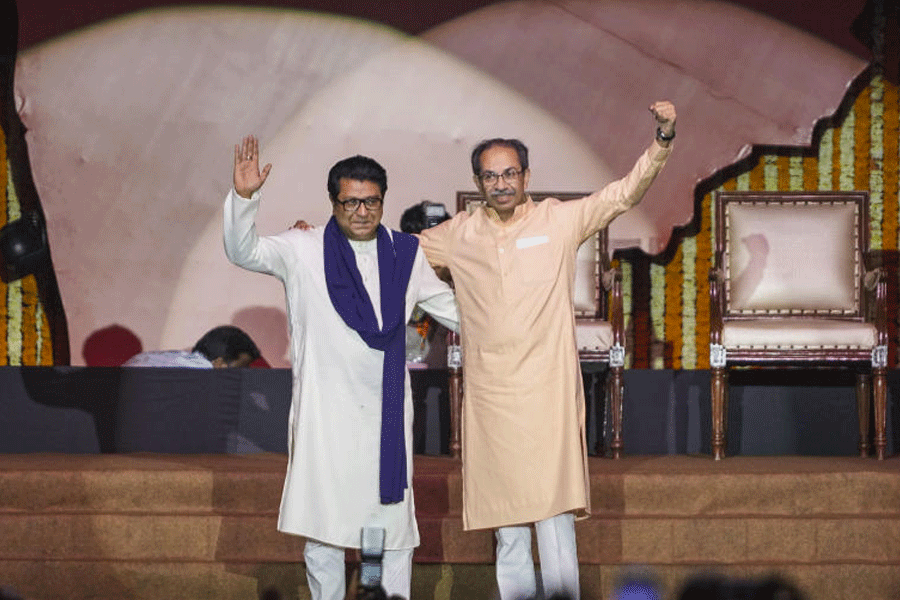 |
| Belly dancers at the London class. (Reuters) |
London, May 16 (Reuters): The music played was a famous song by the late Egyptian diva Umm Kalthoum. The dancing costumes were mostly imported from West Asia, with hip scarves embroidered with gold-plated coins and sequins.
But at this London belly dancing lesson, the instructor was American and her group of students mostly Europeans.
“Today we are going to learn the Egyptian style of belly dancing,” Sharie Marie, better known as Asmahan in West Asia’s five-star hotels, told her students.
“It is the queen of belly dancing schools, involving much more elevated understanding of music and is based on ballet style,” she said.
The students swayed to the music, gently rotating their hips and arching their backs. In another dance, they held colourful veils behind their backs and spun around on tip-toe.
None of them knew the Umm Kalthoum song or understood the meaning behind its melancholic melody, but that has not stopped the students from joining thousands of enthusiastic Western dancers.
They have flooded Arab restaurants in Europe, night-clubs and hotels in Egypt, Lebanon and Dubai, benefiting from relaxed labour laws and a rise in religious conservatism which has curbed numbers of West Asian dancers.
“Belly dancing is really picking up here,” Asmahan said after class, sipping from a pint of Guinness. “There is a dance teaching movement and there are a lot of clubs featuring belly dancers.”
Immigrants from Algeria, Morocco and Turkey are credited for bringing belly dancing to countries such as France and Germany. In London, it flourished courtesy of Lebanese artists who fled their country after the eruption of the 1975-90 civil war.
Nowadays, however, home-grown talents are setting the tone. One of them is Layla, a French-Russian student of Asmahan who performs at a handful of London’s Egyptian, Moroccan and Iranian restaurants, where she usually competes with Russian and Brazilian dancers.
A 22-year old Sorbonne graduate, Layla can earn up to ?250 ($460) a night, dwarfing what she makes from her daytime job as a bank clerk and a French language teacher.
Yet despite their comfortable wages, the ultimate dream of many Western dancers is to perform in West Asia.
“Foreigners have become an important part of the business. They go and the buy the costumes and pay for private lessons,” Asmahan said.
Deena, a famous Egyptian dancer, agrees that European and South American belly dancers are a new fixture in the Arab world.










